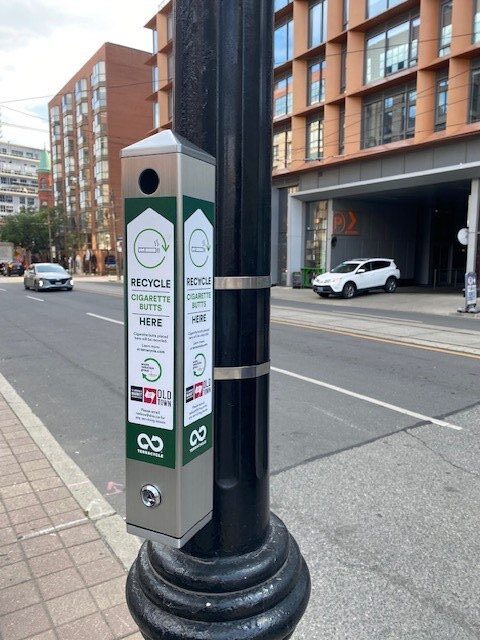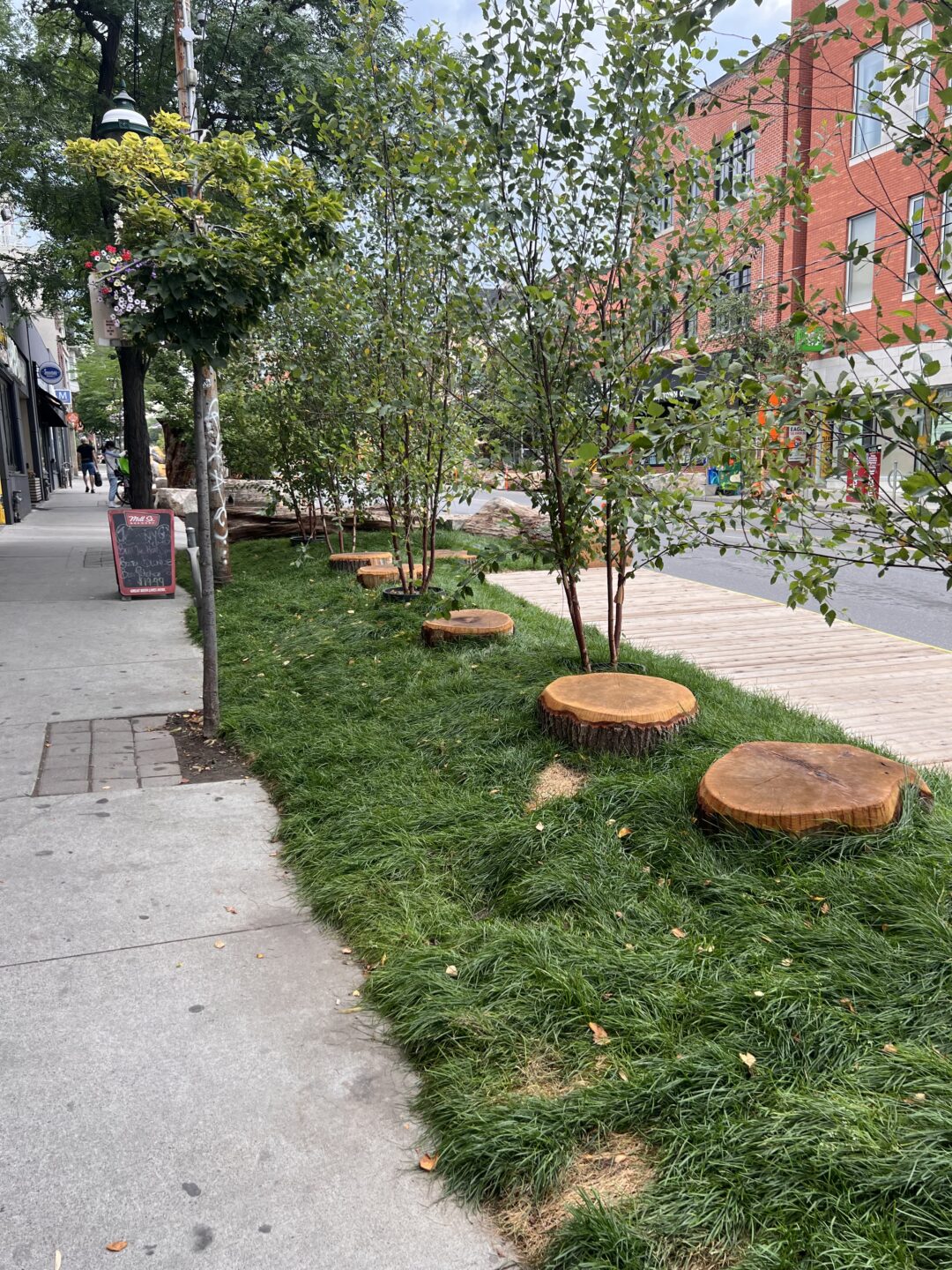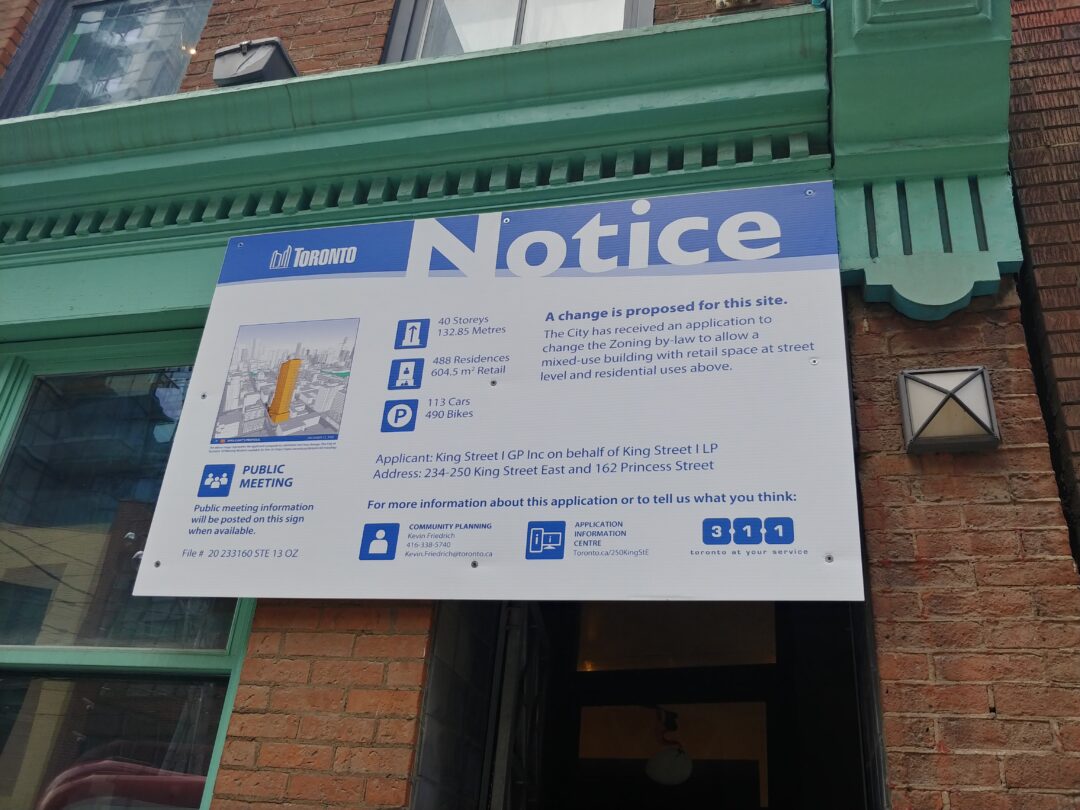By Cynthia Wan, WRG –
While discarded cigarette butts are recognized as a serious cause of litter and a nuisance to pick up, the substantial pollution and damage they cause is taken less seriously.
Cigarette butts are one of the top single-use plastics. As litter, they unleash toxic chemicals that severely contaminate local land, water and living organisms.
But while Environment and Climate Change Canada and Health Canada acknowledge these butts as the most frequently found microplastic in aquatic environments, they do not target cigarette filters as part of the federal government’s goal to achieve zero plastic waste in Canada by 2030.
In an effort to address the issues of pollution, chemical leaching and microplastics, the St. Lawrence Neighbourhood Association Waste Reduction Group (SLNA-WRG) has partnered with the waste management company TerraCycle and the St. Lawrence Market Business Improvement Area to pilot a cigarette butt recycling project.
This initiative involves installing and servicing 24 free butt receptacles outside local food-based businesses. The prominent locations of the receptacles encourages community members to deposit their cigarette butts in real time. TerraCycle then saves them from being sent to landfill by recycling them.
According to the World Health Organization, cigarette butts are the most abundant form of plastic waste, with about 4.5 trillion of them polluting our global environment. They produce an estimated 1.69 billion pounds (767 kilograms) of toxic garbage each year.
An article in a recent issue of Environment International calls discarded butts an environmental hazard for aquatic organisms because “they contain more than 5,000 chemicals, such as nicotine, metals, and polycyclic aromatic hydrocarbons.” Among these, “at least 150 compounds are considered highly toxic, mainly because of their carcinogenic and mutagenic potential.”
But the problem is not limited to the ingredients in cigarette tobacco. Almost all of the 6 trillion cigarettes sold globally each year have plastic filters made with cellulose acetate, which degrades poorly.
The City of Toronto’s most recent litter audit says cigarette butts, accounting for 18.1% of all small litter, are the second-most identifiable littered item after chewing gum. This is despite the fact that 10,300 litter bins for garbage, recycling and cigarette butts are scattered across Toronto’s streets. The butts they collect go to landfill rather than being recycled, making these landfills a source of chemical leaching and plastic waste.
As a community, the St. Lawrence Neighbourhood is well positioned to tackle this global issue by changing people’s attitudes and behaviours. Installing recycling receptacles outside food-based establishments helps to reduce the cigarette waste on local streets and raise awareness about the issue.
The response from community businesses has been positive, as can be seen by the growing number of receptacles throughout the St. Lawrence Neighbourhood.
The SLNA-WRG encourages all residents and visitors to keep an eye out for these new receptacles and, whenever possible, to use them. Placing cigarette butts in these new receptacles is a small step to reduce your environmental footprint while keeping the environment and fellow community members healthy and safe.
Founded in 2019, the SLNA-WRG’s objective is to help the St. Lawrence Neighbourhood change its consumption patterns to reduce waste and counter climate change. To participate or learn about current initiatives, contact [email protected].




